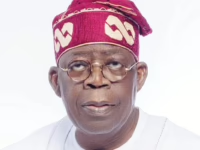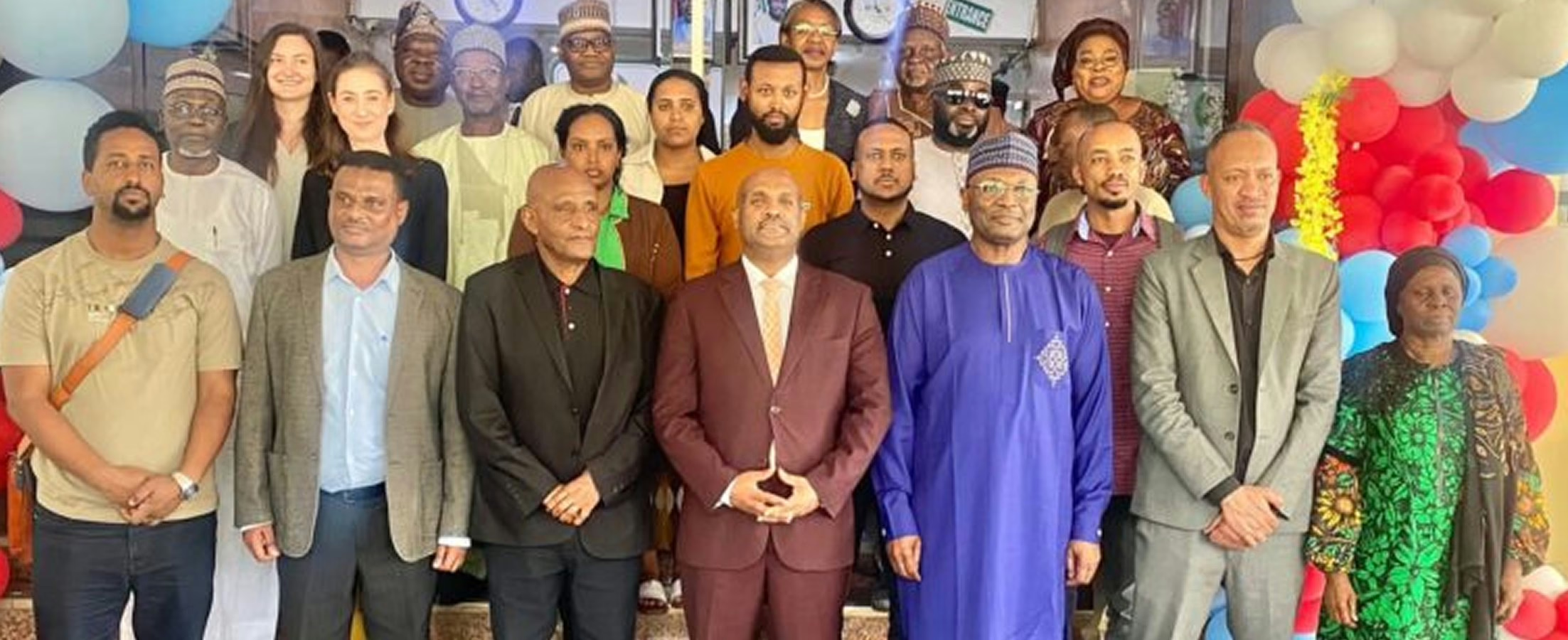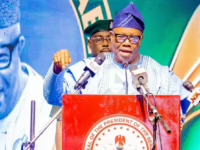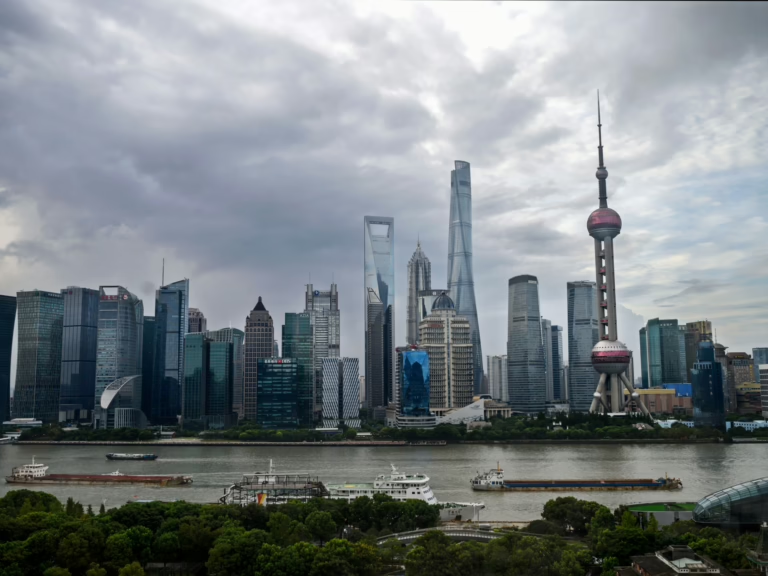China has introduced a new visa category designed to attract international experts in science and technology sectors.
Known as the K visa, this program officially commenced on Wednesday, following an announcement by China’s State Council last month.
What is the purpose of the K visa, and how does it operate?
The Chinese government positions the K visa as a strategic initiative to enhance the nation’s global competitiveness by drawing foreign STEM (science, technology, engineering, and mathematics) professionals.
According to Guo Jiakun, spokesperson for the Ministry of Foreign Affairs, the visa aims to “facilitate collaboration and exchange” between Chinese and international STEM experts.
This visa is part of a broader set of reforms intended to simplify visa procedures and improve residency options, including a revamped permanent residency card.
Zhigang Tao, a professor specializing in strategy and economics at the Cheung Kong Graduate School of Business in Beijing, explained that China historically experienced a brain drain to developed nations like the United States from the 1980s through the 2010s.
“The current focus is not only on retaining domestic talent but also on attracting skilled professionals from around the world,” Tao noted.
The K visa targets graduates from accredited universities and young professionals working in STEM fields, offering more flexible terms than previous skilled worker visas.
One key benefit is that applicants do not need employer sponsorship, a requirement common in earlier visa categories.
Nonetheless, several important details remain undisclosed, such as the visa’s duration and specific eligibility criteria related to age, education, and work experience.
Will the K visa successfully attract international talent?
Edward Hu, immigration director at Newland Chase consultancy in Shanghai, reported a surge in interest, with inquiries rising over 30% since August.
He highlighted strong demand from candidates in India, Southeast Asia, Europe, and the United States.
Hu described the K visa as filling a crucial gap by lowering barriers for early-career STEM professionals, complementing the existing R visa, which is reserved for elite experts.
The R visa, launched in 2013, targets highly specialized foreign professionals deemed essential by the government and requires sponsorship from a host organization.
Despite these efforts, China faces challenges in expanding its talent pool. The country remains less globalized than the US and rarely grants citizenship to foreigners.
While permanent residency is somewhat more attainable, it is still granted to a very limited number compared to the approximately one million green cards issued annually in the US.
Language barriers and workplace culture also pose obstacles. English-speaking applicants may find Chinese corporate environments less accommodating than those in Silicon Valley.
Michael Feller, chief strategist at Geopolitical Strategy in Sydney, emphasized that Chinese companies must offer English-language roles and adopt more flexible, internationally familiar work schedules to compete effectively.
“Few foreign professionals would be drawn to the demanding ‘9-9-6’ work culture prevalent in many Chinese firms,” Feller remarked, referencing the 72-hour workweek popularized by Alibaba’s founder.
How does the K visa relate to the US H-1B visa?
Although China’s new visa program has gained attention amid US President Donald Trump’s stricter H-1B visa regulations, the K visa was not a direct response to these changes.
China announced the K visa on August 7, prior to Trump’s introduction of a $100,000 fee on H-1B applications-a move that sent ripples through the tech industry, especially in India, which accounts for about 70% of H-1B recipients.
Nevertheless, many analysts believe the US’s restrictive immigration stance inadvertently benefits countries like China in the global competition for talent.
“From China’s perspective, the timing of the K visa launch is fortuitous,” Feller said.
“While Beijing likely did not anticipate Washington’s fee hike, the K visa now gains additional momentum in attracting STEM professionals worldwide.”
Hu from Newland Chase expects the H-1B policy shift to significantly enhance the K visa’s attractiveness, positioning it as a timely alternative for those affected by US restrictions.
“Offering a low-cost, sponsor-free route, the K visa aligns with the growing global demand for STEM talent and makes China a more accessible destination,” Hu concluded.


















